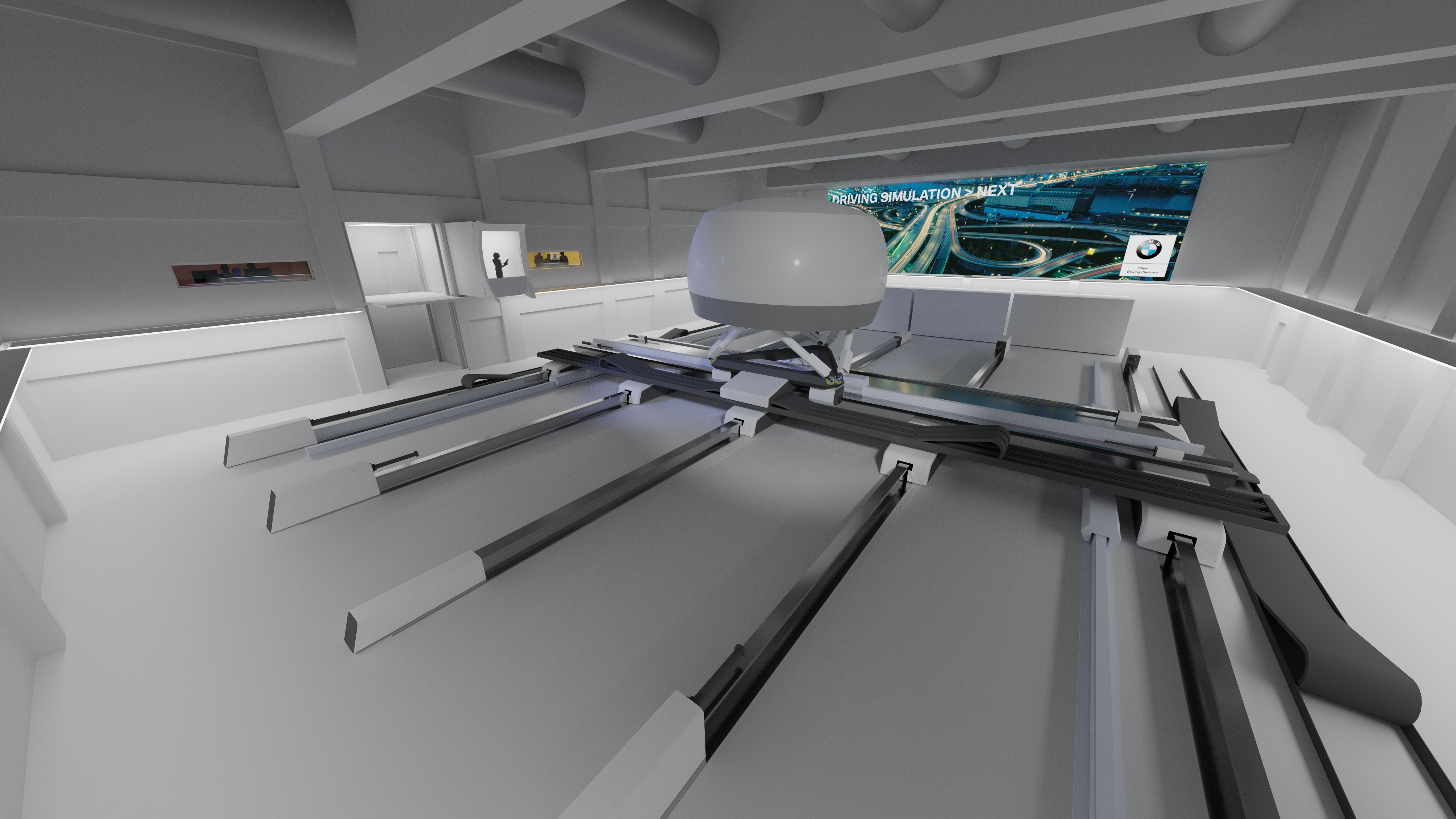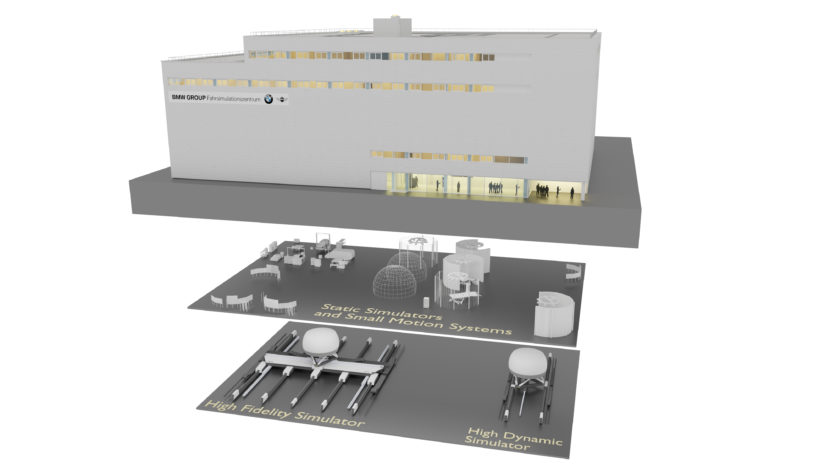BMW’s plans to become one of the world’s leaders when it comes to autonomous driving are shaping up as we speak. Today, the company announced an investment of 100 Million Euros in a new Driving Simulation Center located in Munich. The new facility is said to be ready by 2020 and will allow researchers to ‘bring the road inside’ to check out different driving situations up close, in a rather controlled environment.
In total, the center will have an area of around 11,400 square meters and will be located in Munich’s Milbertshofen district, if you live in the area and want to check it out once it’s completed. A unique feature of the facility is the high-fidelity simulator, in which longitudinal, transverse and rotational movements of a vehicle can be represented simultaneously and therefore very realistically. For the first time, urban driving situations – which represent a particular challenge in the context of autonomous driving – can now also be reproduced realistically.
The facility will comprise 14 simulators and usability labs employing 157 people. They allow the functionality and suitability for customer use of new systems to be tested in detail while still at a very early stage of development. The driving simulator serves as a link between the functional testing of individual hardware and software components on the one hand and road testing with complete systems on the other.
At the heart of the new Driving Simulation Center are two innovative driving simulators specifically designed to meet requirements for testing highly complex automated driving systems. The new high-dynamic simulator is able to generate longitudinal and transverse acceleration forces of up to 1.0 g. It is used to test new systems and functions by replicating highly dynamic evading maneuvers, full braking and hard acceleration.
An extremely detailed rendering of real-world driving characteristics is provided by the second unit, the high-fidelity simulator: braking and accelerating while cornering, driving in roundabouts and rapid series of multiple turn-off maneuvers can be reproduced with high precision in this simulator’s almost 400-square-meter motion area. This means that, for the first time, complex urban driving situations – which present a particularly wide range of challenges for automated driving systems – can now be replicated under laboratory conditions.






































































